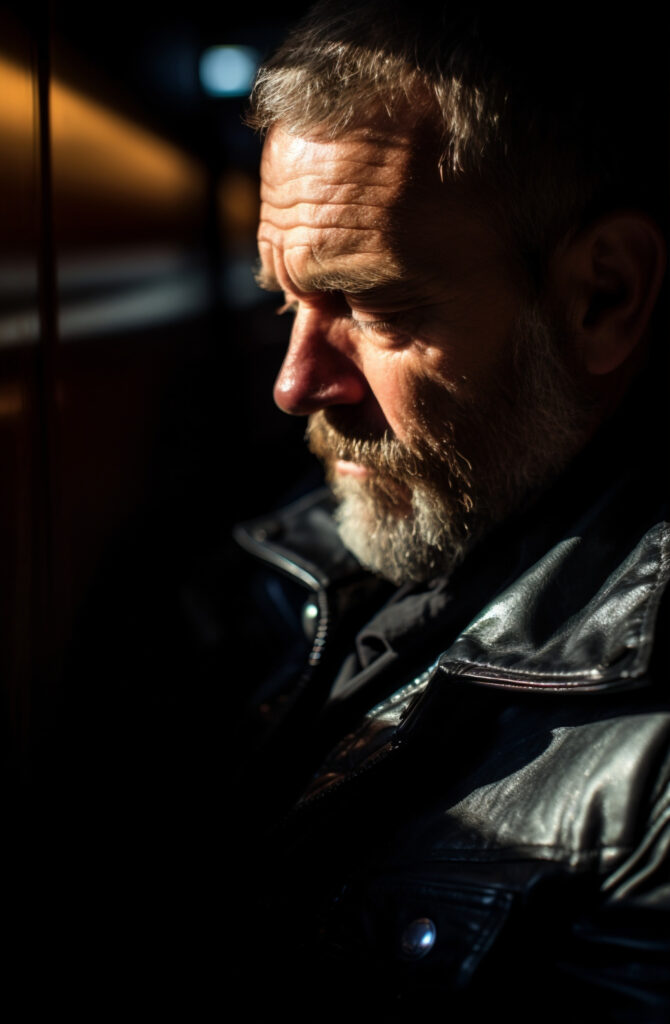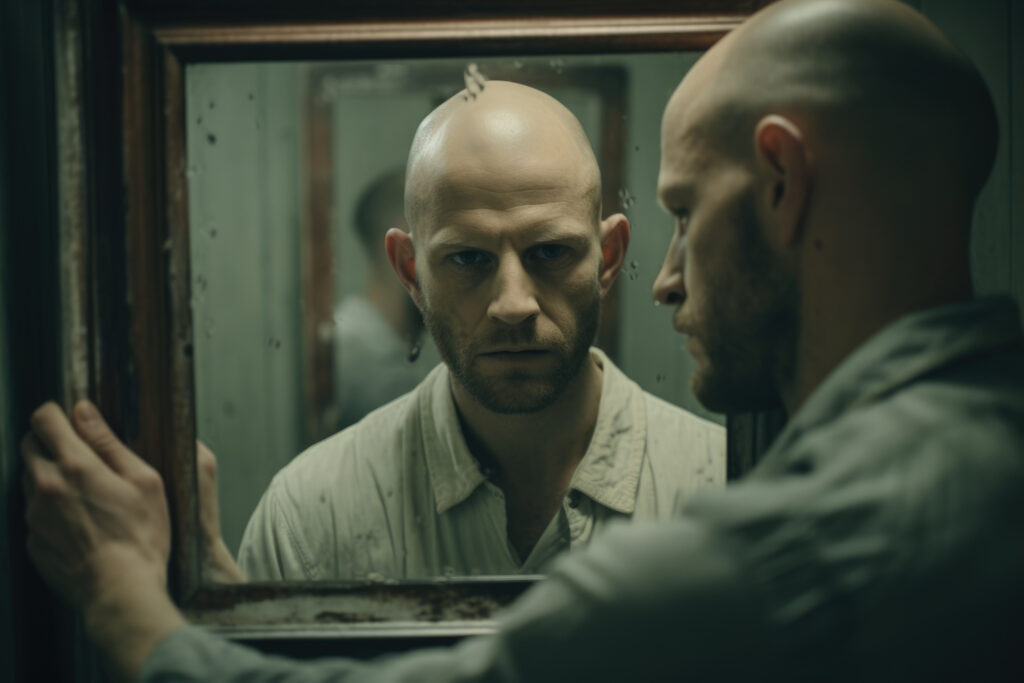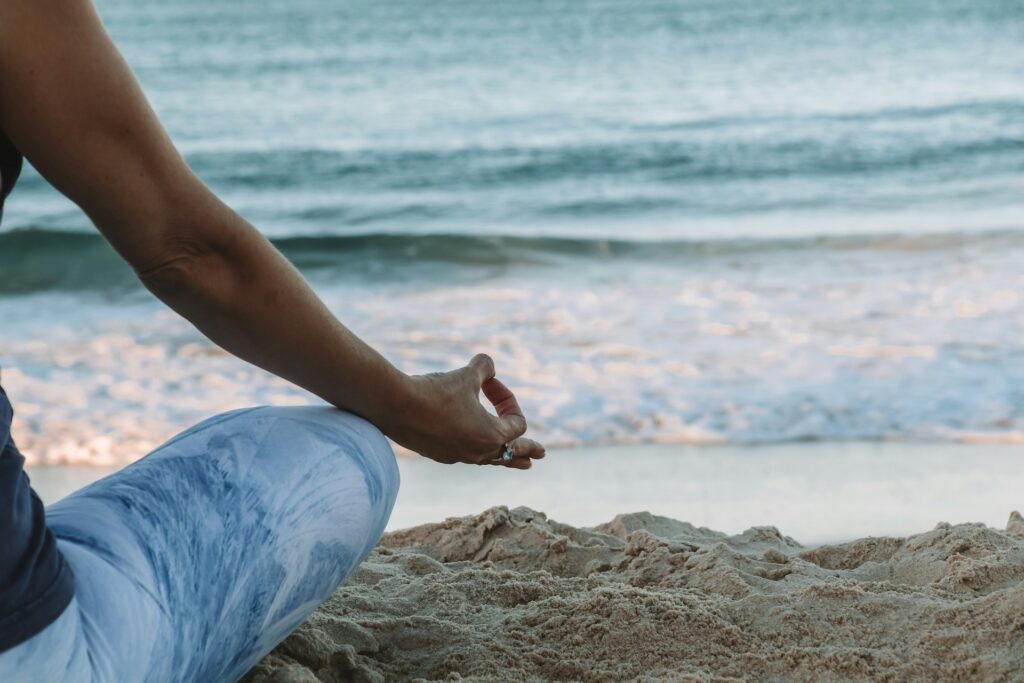Let’s get real for a moment: noticing your hair thinning can feel like watching your favorite sweater unravel—slow, inevitable, and more than a little distressing. For many men (and yes, women too), that first glimpse of scalp showing through where lush locks once grew can trigger anything from mild anxiety to full-blown identity crisis.
But what if I told you that thin hair isn’t just something to hide or feel self-conscious about? What if it could actually be the foundation of your signature look?
The Thin Hair Reality Check
First, let’s address the elephant in the room: thinning hair is incredibly common. According to the American Hair Loss Association, by age 35, approximately two-thirds of American men experience some degree of appreciable hair loss. By 50, that number jumps to about 85%. And women make up about 40% of those experiencing hair thinning in the United States.
So why do we act like it’s some rare condition to be whispered about? The truth is, thinning hair is as normal as developing laugh lines or finding that first gray hair—it’s simply part of life’s journey for many of us.
Reframing Thin Hair: Style Opportunity vs. Style Problem
The key shift happens when we stop seeing thinning hair as a problem to fix and start viewing it as a unique characteristic to work with. After all, we don’t all have the same face shape, body type, or skin tone—why should we all have the same hair density?
The Advantages of Thinner Hair (Yes, There Are Some!)
- Quicker styling time: Less hair means less time with the blow dryer and styling products
- Versatility with product: A little product goes a long way with thinner hair
- Lower maintenance: Fewer trips to the salon and less product used over time
- Cooler in summer: Never underestimate the comfort of a naturally ventilated scalp during hot months
Finding Your Thin Hair Style Identity
For Men
The Modern Buzz Cut
The buzz cut has evolved from military standard to fashion statement. With figures like Jason Statham and Stanley Tucci proving that a closely-cropped style can look sophisticated and confident, this low-maintenance option works particularly well for those with thinning crowns.
Robert, 42, from Chicago shares: “After fighting a losing battle with my receding hairline for years, I finally took the plunge and got a buzz cut. The constant compliments surprised me—apparently I have a ‘great head shape’ that I never knew about!”
The Textured Crop
This style keeps length on top while staying short on the sides. Ask your barber for texture—this creates the illusion of volume and gives thin hair movement and dimension. The key is finding a stylist who understands how to cut thin hair for maximum effect.
The Slick Back
For those with thinning at the crown but still maintaining hair in front, a modern slick back can be incredibly stylish. The key is using lightweight products that won’t weigh down fine hair—think mousses or light pomades rather than heavy waxes.
For Women
The Layered Bob
Strategically placed layers create the illusion of fullness. Celebrity stylist Mark Townsend explains: “Layers that frame the face can add movement and bounce to thin hair, making it appear much fuller than it actually is.”
The Pixie Cut
A shorter cut can actually make thin hair look thicker. By removing weight and adding texture, pixie cuts transform thin hair from limp to dynamic and stylish.
Sarah, 38, from Boston notes: “After years of trying to hide my thinning with longer styles, I finally tried a pixie cut. It was liberating! My hair actually looks thicker now, and I feel more confident than I have in years.”
The Textured Lob (Long Bob)
This versatile shoulder-length cut works well for thin hair when cut with the right texture. The key is creating movement without removing too much bulk.
Styling Tips for Thin Hair Success
Products That Actually Work for Thin Hair
The beauty industry is full of “volumizing” products, but not all are created equal for truly thin hair. Look for lightweight formulas that mention “density” or “thickening” rather than just “volume.” These work by actually wrapping the hair shaft to temporarily increase diameter.
Some community favorites include:
- Lightweight mousses that add body without weight
- Dry texturizing sprays (not heavy dry shampoos)
- Root lift powders that create separation and the appearance of density
Styling Techniques That Make a Difference
- The upside-down blow-dry: Flip your head over while drying for natural lift at the roots
- Strategic parting: Changing your part can instantly disguise thinning areas
- Backcombing 2.0: Modern backcombing focuses on gentle teasing at the root only, not the harsh ratting of decades past
The Confidence Factor: Psychology of Hair and Identity
Let’s talk about something deeper than styling tips: the psychological connection between hair and identity. For many, hair is tied to perceptions of youth, attractiveness, and even professional success.
Psychologist Dr. Jennifer Mills from York University studies body image and notes: “Hair is uniquely connected to our self-concept because it’s both a part of our body and something we actively style to express ourselves. When it changes involuntarily, it can trigger genuine feelings of loss.”
This explains why thinning hair can feel so difficult—it’s not just about aesthetics, but about reconciling our self-image with our changing appearance.
Beyond Styling: Lifestyle Factors That Support Hair Health
While this isn’t about “fixing” thin hair, certain lifestyle factors can help support the health of the hair you do have:
Nutrition for Hair Health
Foods rich in these nutrients can support overall hair health:
- Protein (the building block of hair)
- Iron (supports hair growth cycle)
- Omega-3 fatty acids (support scalp health)
- Vitamins A, C, D, and E (involved in various aspects of hair growth)
A balanced diet benefits your entire body, including your hair follicles.
Stress Management
Chronic stress can impact hair growth cycles. Finding effective stress management techniques—whether that’s meditation, exercise, or creative outlets—may help support overall hair health.
Confidence Is Your Best Style
While products, cuts, and styling techniques can help enhance thin hair, true style comes from confidence. The most attractive feature anyone can have is self-assurance and comfort in their own skin.
James, 53, from Seattle puts it best: “Once I stopped obsessing over my thinning hair and just found a good barber who knew how to work with what I have, everything changed. It wasn’t my hair that was the problem—it was my attitude toward it.”
Community Perspective: You’re Not Alone
Throughout this article, I’ve shared stories from real people navigating their own thin hair journeys. If there’s one takeaway, it’s this: you’re far from alone, and many have found that embracing rather than fighting their hair’s natural evolution opened doors to unexpected style options and, ultimately, greater confidence.
Whether you choose to rock a buzz cut, try a textured crop, or experiment with different styling products, remember that thin hair isn’t a style sentence—it’s simply another characteristic that makes you uniquely you.

Disclaimer: This article provides general information and personal experiences related to hair styling and care. It is not intended to replace professional advice from dermatologists, stylists, or other healthcare providers. Individual results may vary. Any significant or sudden changes in hair density should be discussed with a healthcare professional, as they may indicate underlying health conditions.



